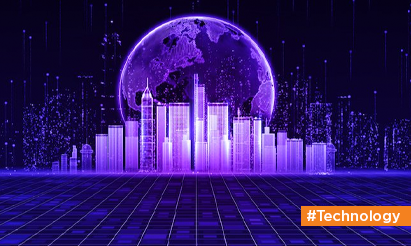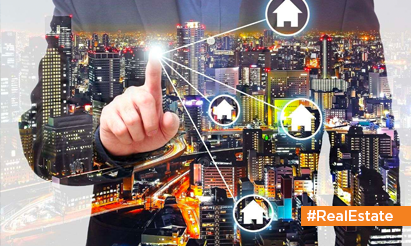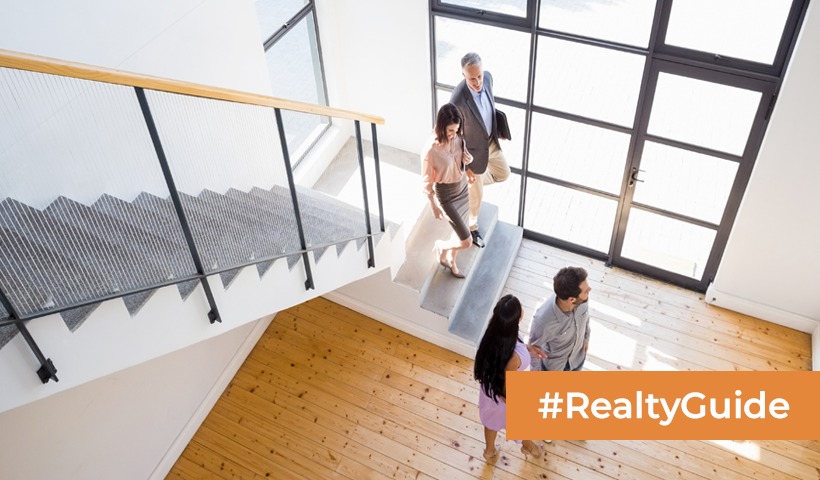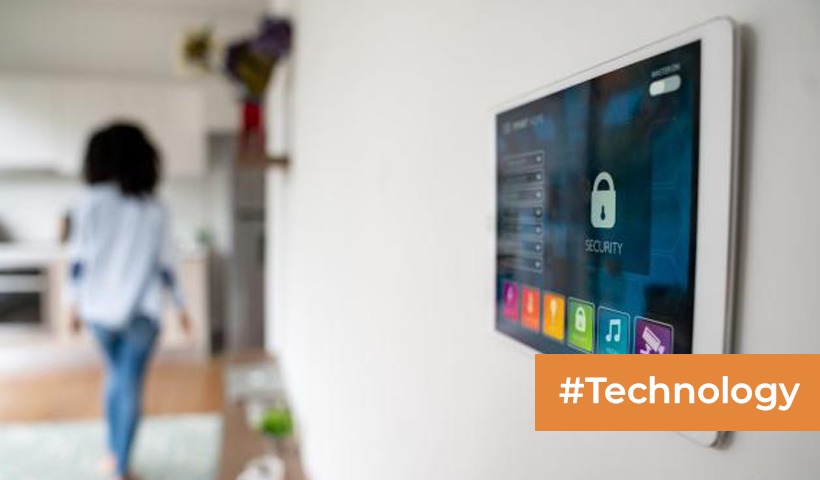Virtual Reality and Augmented Reality: The New Frontier of Property Visualization!
Virtual Reality (VR) and Augmented Reality (AR) technologies have revolutionized various industries, and one area where their potential truly shines is in property visualization. VR and AR offer immersive and interactive experiences that enable potential buyers, renters, and real estate professionals to explore properties in a whole new way. These technologies have transformed the property market by enhancing the efficiency, accuracy, and effectiveness of property presentations and showcasing.
VR and AR bring properties to life by creating virtual environments that users can explore and interact with. Let’s delve into the power of VR and AR in property visualization and understand how they are reshaping the real estate industry.
- Immersive Experiences: VR enables users to step into a fully immersive virtual world. With the help of VR headsets, potential buyers can explore properties as if they were physically present. They can walk through rooms, examine architectural details, and experience the space from different angles. This level of immersion enhances the emotional connection between the buyer and the property, making it easier for them to envision themselves living or working in the space.
AR, on the other hand, overlays virtual elements onto the real world, enhancing the buyer’s perception of a physical property. By using smartphones or AR glasses, users can view a property’s interior and exterior in real-time while seeing additional information, such as room dimensions, furniture placement, or even future renovations. AR enables potential buyers to visualize the potential of a property by virtually staging it with different designs, styles, and furnishings.
- Remote Property Tours: One of the significant advantages of VR and AR in property visualization is the ability to conduct remote property tours. VR and AR technologies eliminate the need for physical site visits, saving time and resources for both buyers and real estate agents. Potential buyers can tour multiple properties from the comfort of their homes, allowing them to shortlist the properties they are genuinely interested in before scheduling in-person visits. Remote property tours also make it easier for international buyers or investors to explore properties in different locations without the need for travel.
- Design and Customization: VR and AR enable buyers to visualize and customize properties before they are built or renovated. Architects and developers can create virtual 3D models of properties and allow potential buyers to explore different design options, floor plans, materials, and finishes. This level of customization helps buyers make informed decisions and ensures that their vision aligns with the final product. Whether it’s selecting a paint color, rearranging furniture, or envisioning structural changes, VR and AR empower buyers to actively participate in the design process and create spaces tailored to their preferences.
- Marketing and Sales: VR and AR provide powerful marketing and sales tools for real estate professionals. These technologies help in showcasing properties in an engaging and memorable way, making them stand out in a competitive market. VR property tours and AR visualizations can be shared on websites, social media platforms, and virtual reality marketplaces, reaching a broader audience. These immersive experiences leave a lasting impression on potential buyers and generate more leads. Furthermore, real estate agents can use VR and AR to conduct virtual open houses, giving buyers a sense of being present at the property even if they are miles away.
- Cost and Time Savings: VR and AR technologies streamline the property visualization process, saving time and costs for both buyers and sellers. By utilizing these technologies, potential buyers can eliminate the need for multiple physical visits and focus only on the properties that genuinely interest them. On the seller’s side, VR and AR can reduce the time spent on property showings, allowing agents to allocate their resources more efficiently. Additionally, VR and AR eliminate the expenses associated with staging and decorating properties for traditional showings, as virtual staging can be done at a fraction of the cost.
In conclusion, the power of VR and AR in property visualization is undeniable. These technologies have transformed the way properties are presented, allowing buyers to immerse themselves in virtual environments and make informed decisions. VR and AR enhance the marketing and sales process, reduce costs and time, and provide customization options that were previously unimaginable. As the technology continues to advance, we can expect even more innovative uses of VR and AR in the real estate industry, further revolutionizing property visualization and the overall home buying experience.
Disclaimer: The views expressed above are for informational purposes only based on industry reports and related news stories. PropertyPistol does not guarantee the accuracy, completeness, or reliability of the information and shall not be held responsible for any action taken based on the published information.





It’s informative, engaging, and provides valuable insights. Kudos to the creators for delivering such top-notch information. I’m impressed!
https://www.iamdave.ai/blog/the-evolution-of-digital-sales-experience-ai-and-virtual-reality/